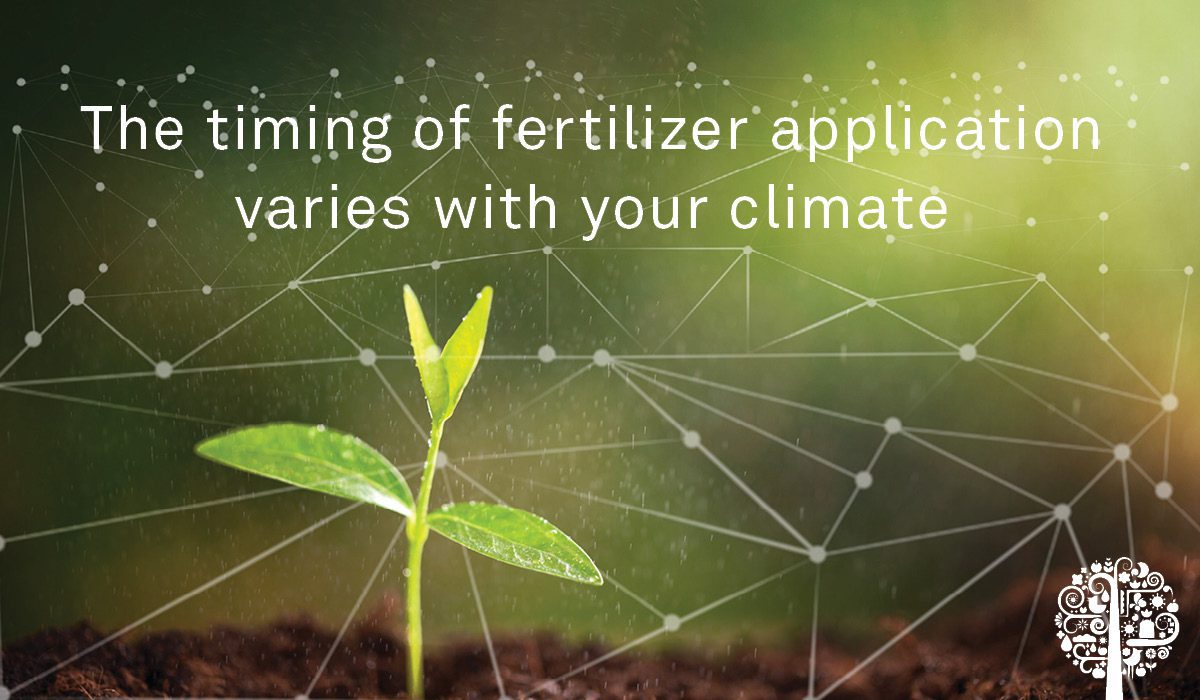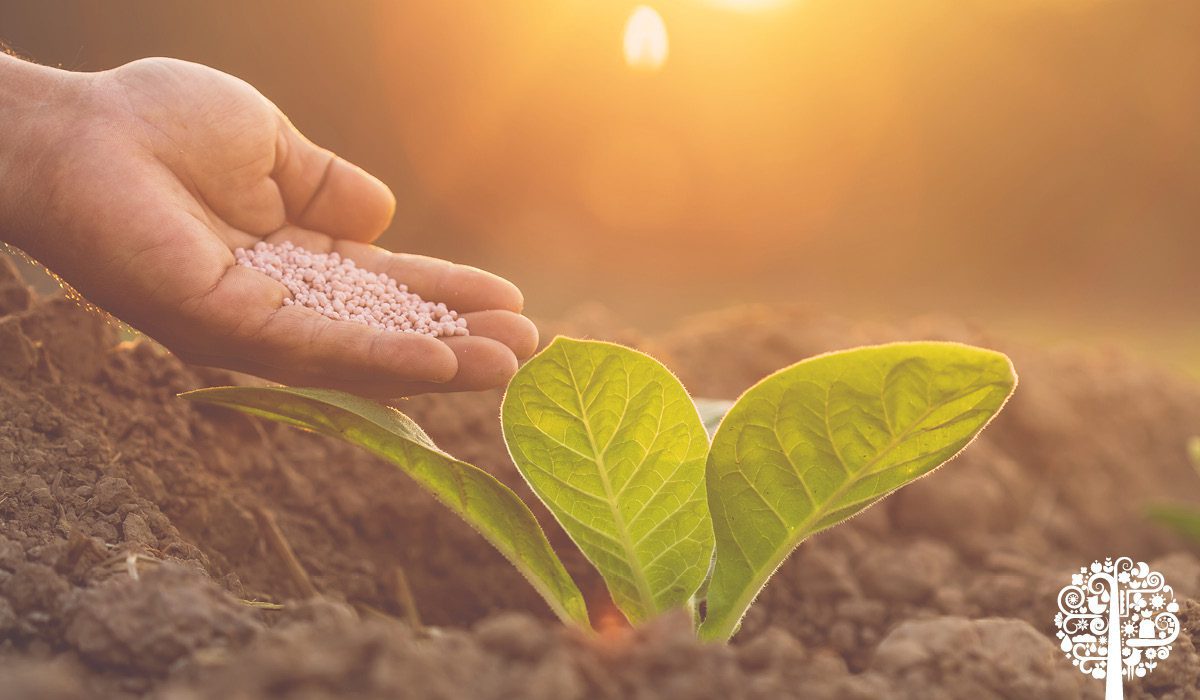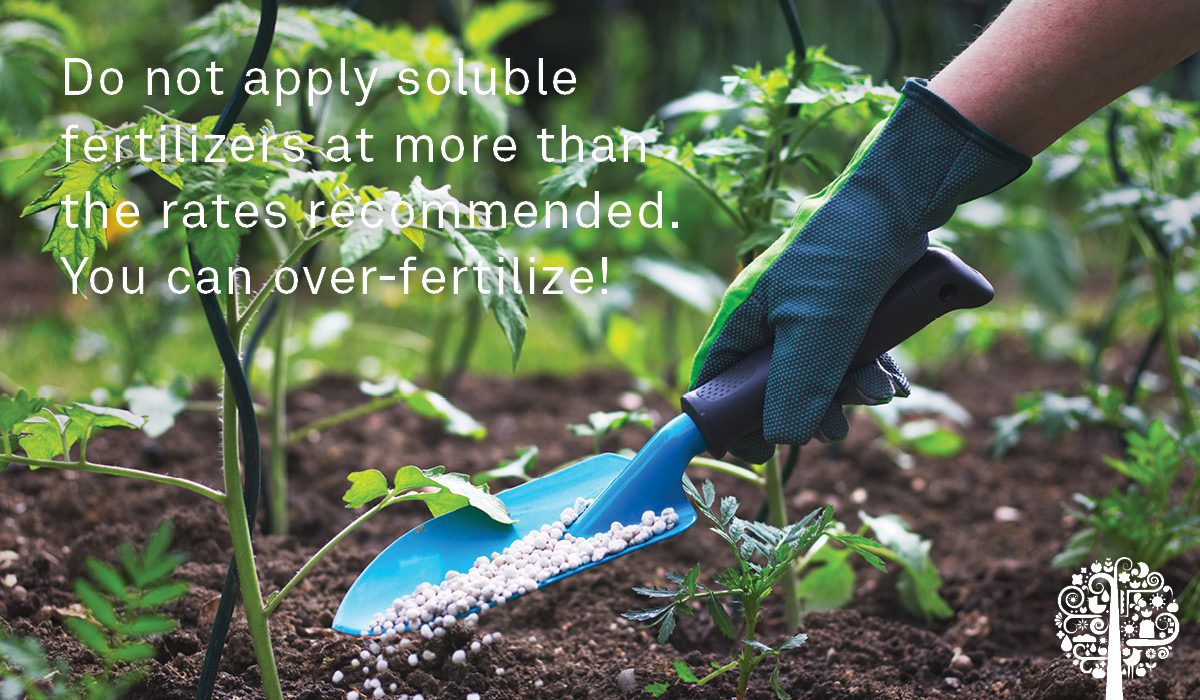Tips And Tricks To Fertilizing The Home Garden
Finding the right balance of nutrients for plants is a constant process of giving and taking. First, we improve the fertility of poor soils to support healthy plant growth and then replenish nutrient levels after harvesting and before replanting. So let’s dig into some practical tips.
Hot Climates
The hotter the climate, the more critical it is to keep replenishing the soil. Very sandy soils such as those found in coastal zones need to be constantly improved with compost, aged manure, and mulch until the garden soil is dark in color and crumbly in texture.
Lots of earthworms are a sure sign that your soil is healthy. Dig up a cubic shovelful and count the worms; 25 in this volume is what you should aim for. As a general rule, the darker the soil, the better the quality and higher the organic matter content.

Organic matter like compost, leaves, and mulch in the soil acts as a temperature buffer. This is important in hot climates where long hours of hot sunlight can cause the earth to overheat, damaging plant roots.
Choose The Right Fertilizer
Australian plants are adapted to grow in ancient, impoverished soils. The Proteaceae family, which includes banksias, grevilleas, and waratahs, are superefficient at extracting phosphorus from the soil. If you add the wrong type of fertilizer, you can poison them by adding too much phosphorus. Instead, use a fertilizer specially formulated for Australian native plants to grow them successfully.
For all gardens, the best slow-release fertilizer is soil humus. It’s Nature’s solution and should be ours too! In sandy soils and those lacking in humus, manufactured controlled-release organic dry fertilizers can help provide a steady trickle of nutrients instead of the ‘feast and famine’ of soluble fertilizers. Loss of nutrients in drainage waters is usually less from controlled-release fertilizers than from soluble ones. Try to avoid synthetic brands that coat their fertilizers in plastic, so it doesn’t end up in our waterways and soils. Even if you are feeding ornamental plants, organic and natural options are always best for us, our plants, and the environment.
Soil Testing
Test your soil pH. This measures how alkaline or acidic it is and impacts how well your plants take up the nutrients in the soil. Aim for a fairly neutral soil pH (6.2 – 7.0) for most edibles. It’s worth getting a soil pH test kit to see whether you need to amend your soil.
How To Apply Fertilizer
Avoid digging in fertilizers when applying to established perennial plants, trees, and shrubs. Digging can damage surface roots and the fine network of fungi filaments connected to the plant’s roots. Value your VIP microbes and protect them! Instead, scatter dry fertilizers onto wet soil under the mulch directly underneath the canopy of the plant. Water thoroughly (around 10mm) to avoid burning delicate roots and harming microbes.

If you are applying fertilizer to a new garden bed with no plants, work it into the top layers of the soil so it will be more bioavailable to plant roots as they establish.
Decomposed organic matter, compost, well-aged manure, and organic fertilizers should be watered in when applying or before planting.
Distance From Plants
Anywhere under a plant’s canopy, except immediately up against the stem or trunk. The roots of mature trees extend well beyond their canopies, so they often ‘poach’ nutrients from other parts of the garden. Commercial products specify quantities, so follow the directions.
How To Prevent Damage
Soils must be thoroughly watered before and after applying side dressings of fertilizers to growing plants. Do not apply soluble fertilizers at more than the rates recommended. You can over-fertilize!
Best Time To Fertilize
The critical time is when plants are at their most active stage of growth and flowering. If you apply fertilizer too early, it may partially leach out of the soil before the plants get a chance to use it. Why waste money? If you apply too late, it may not be available when they need it most.

The timing of fertilizer application varies with your climate. As a guide, with perennial flowers, vegetables, and herbs, it starts with the first signs of growth in late winter or early spring and lasts until cool autumn weather slows growth. With annual flowers, vegetables and herbs, this critical time covers the entire growing, flowering, and fruiting period. Just like hungry teenagers, these plants have a high need for nutrition over the whole growing season.




